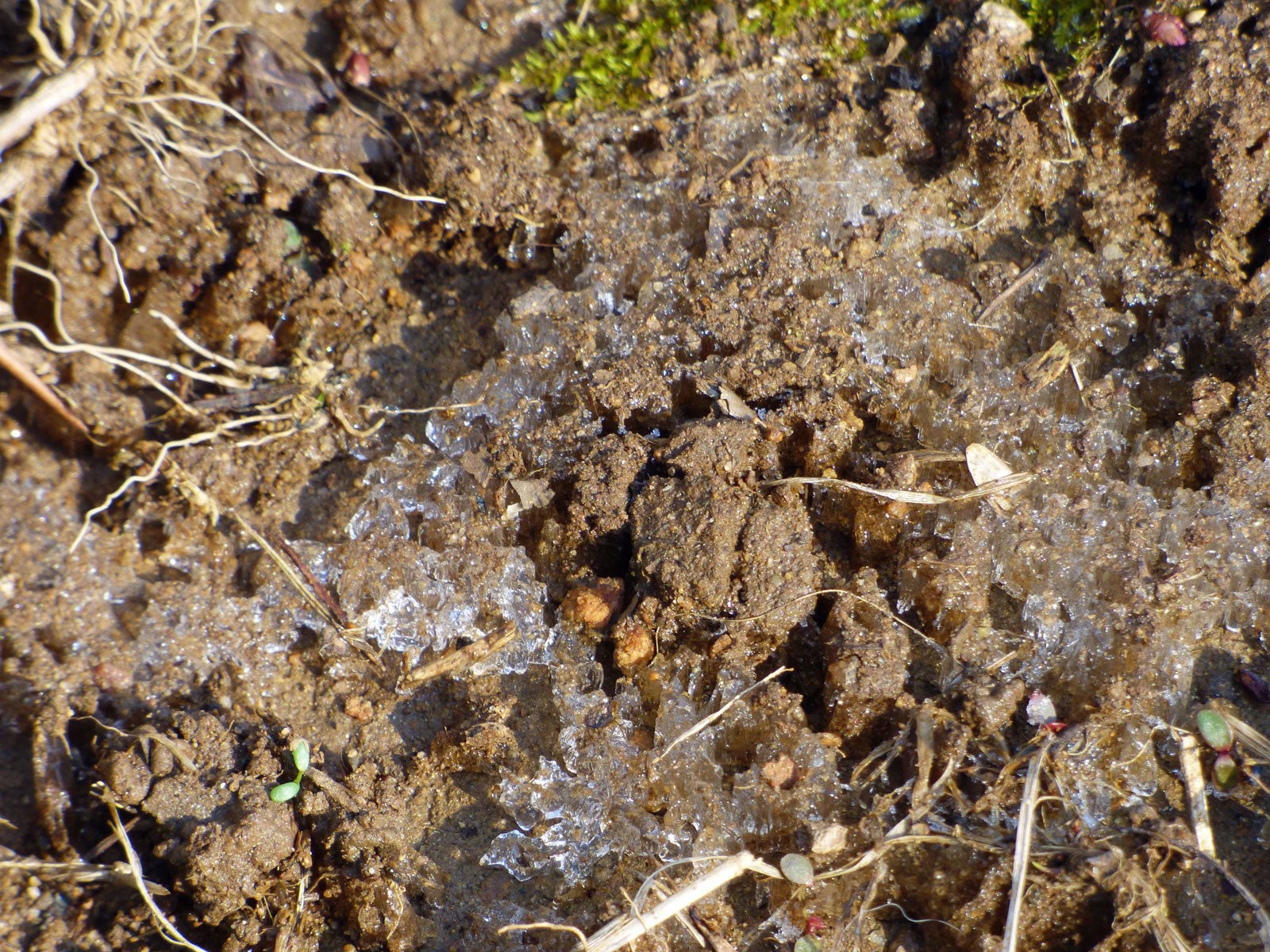Is Ground Frozen Solid: Determining If Soil Is Frozen

No matter how anxious you are to plant your garden, it's essential that you wait to dig until your soil is ready. Digging in your garden too soon or in the wrong conditions results in two things: frustration for you and poor soil structure. Determining if soil is frozen can make all the difference. How do you know if the ground is frozen solid? Keep reading to find out how to tell if ground is frozen or not.
How to Avoid Digging in Frozen Soil
Although it may seem as if spring has arrived, it's important to test the soil for readiness before working your soil or planting your garden. Several very warm days in a row may lead you to believe that the ground is ready to be worked. Be very leery of any early spring digging, especially if you live in a northern climate. Determining if the soil is frozen is paramount to your garden's success.
How to Tell if Ground is Frozen
Just walking across your soil or patting it with your hand will give away whether it is still frozen or not. Frozen soil is dense and rigid. Frozen soil feels very solid and does not give way under foot. Test your soil first by walking on it or patting it in several locations. If there is no spring or give to the soil, it's probably still frozen and too cold to work. It's best to wait for the ground frozen solid to break up naturally than to try to rush it out of winter dormancy. Soil that is ready for planting is easy to dig and yields to your shovel. If you begin to dig and your shovel seems to be hitting a brick wall, it is evidence that the soil is frozen. Digging frozen soil is hard work and the minute you realize you are working way too hard just to turn up the soil is the time to put the shovel down and exercise some patience. There is never any sense in getting ahead of the natural sequence of events. Sit back and let the sun do its job; planting time will come soon enough.
Sign up for the Gardening Know How newsletter today and receive a free copy of our e-book "How to Grow Delicious Tomatoes".